Accrediting visit reported mass communication program “free of harassment,” discrimination
The Communications/Music Complex at Loyola sits under a sunny sky May 17, 2020.
June 15, 2020
During an October 2019 site visit evaluating Loyola’s mass communication program, the Accrediting Council on Education in Journalism and Mass Communication reported that Loyola’s school benefited from strong leadership and a diverse student body.
“The unit has a climate that is free of harassment and all forms of discrimination, in keeping with the acceptable cultural practices of the population it serves, accommodates the needs of those with disabilities, and values the contributions of all forms of diversity,” according to the report.
However, recent allegations of racism and insensitivity raised by students against Sonya Forte Duhé, who was the director of the school for the past 11 years, have called the reality of that finding into question.
Throughout the accreditation site visit, members of the team were led by Kristin Gilger, then a senior associate dean at Arizona State University’s Cronkite School and now an interim dean for the same program following Duhé’s removal.
The three-person site team met with students, faculty and staff, and other members of the university for information about the culture and climate within the school.
“We ask them about the quality of the teaching, we ask them what they’re learning about diversity and inclusiveness, we ask them questions about the climate on campus for those issues, So, the students have a chance to speak up about it, and they certainly, if any of them want to, they can seek a team member or one of the team members out,” said ACEJMC President Patricia Thompson about the accrediting process.
Those meetings, which are kept anonymous in the report, resulted in a ruling that the school of communication was in compliance with the “diversity and inclusiveness” standard of the accrediting council’s rubric.
Henry Bean, mass communication junior, met with the site visit representatives and remembers the questions he was asked as being “very cookie cutter.” Bean, who is white, said he was asked questions like “do you think Loyola does a good job promoting diversity and inclusion?”
“There was room to voice your opinions,” Bean said. “Many people took their time answering the questions.”
According to some students, including Bean, Duhé specifically chose them to speak with the accrediting council. The School of Communication and Design’s Interim Director Lisa Collins said that Duhé asked the faculty to suggest students who they thought would be interested.
Other students were invited at random, according to Director of Student Services Laura Jayne. Jayne said she did ask some students as she saw them in the halls if they could attend one of the meetings with the site team to just make sure enough students would attend to make the conversations meaningful.
Collins said that the site team also asked professors how they incorporate the accrediting agency’s 12 professional values and competencies into their teaching. The council also sat in on some classes.
The report notes the founding of Loyola’s National Association of Black Journalists chapter as a positive initiative in promoting inclusion of students of color in the mass communication school.
In the report, Duhé is only referred to as “the director,” and it is mentioned that she “was described as someone who is demanding, asks a lot of others and herself, and doesn’t take “no” for an answer. These attributes are generally, but not universally, admired.”
At the end of the report, a summary lists the overall strengths and weaknesses of the school based on the report’s findings. One strength, the report notes, was Duhé.
“A strong leader who is able to marshal resources on behalf of the unit and create an environment of collaboration and support,” the report said of Duhé.
Collaboration and support are a far cry from the allegations and experiences with Duhé that recent alumni of the mass communication school have described to The Maroon.
Complaints and concerns
“It wasn’t healthy, it was destructive and dehumanizing,” Leah Banks, A’19, said of her experiences with Duhé and the environment of her senior capstone journalism class.
Banks is one of two black women who told The Maroon they filed a formal racial bias complaints regarding Duhé during their time at Loyola.
According to Jackie Jones, a newly-elected member to the accrediting committee who began touring with on-site teams in the mid 1990s as NABJ’s representative to the accrediting council, universities are expected to report if there have been issues within the school and how formal and informal complaints were handled.
“The program has to, in its self-study, talk about how it handles concerns, problems, complaints,” Jones said. “If it goes beyond that to something more serious, what are the steps that are followed to address a formal complaint of some kind. So all of that is in the self-study. And they’re supposed to document whether they’ve had these problems and how they were addressed.”
The ACEJMC report outlines the formal complaint process for Loyola students who wish to file complaints against faculty. Those complaints are overseen by the director of the school to “assess individual complaints and determine a course of action.”
“If the complaint involves a faculty member, the student may write a statement to be included in the faculty member’s file. If concerns are deemed actionable, a meeting is held with the parties involved to attempt to resolve the situation,” the report says.
Jones says students were able to approach the site visit team with concerns about faculty, and the team would have discussed the issue together, and then with the dean or director of the school, before concluding the report. Finding out about complaints after the formal accreditation process has finished, however, leaves the team unable to do anything regarding the issues.
“If we’ve talked to several people who are giving us the same information, we can say, ‘There are some who feel their complaints are not being heard, or that they haven’t been addressed, or they don’t feel taken seriously, or they feel uncomfortable about raising the issue because they are worried about retaliation,” Jones said. “In the moment, if that’s addressed to the team, that usually comes up with a mention in the report.”
Jones said only things the team personally sees “on the ground” during their four-day visit will end up in the final report.
Such is the case with the report’s note of a lack of diversity in faculty.
Room for improvement
According to Tess Rowland, A’20, a white student who met with the team, multiple students voiced concerns that the diversity of faculty members within the school of mass communication did not mirror the demographic makeup of students.
“We said it was getting better with the additions of Will Sutton and Gina Swanson, but we definitely flagged it as an issue,” Rowland, who is white, said.
The report noted the gap between diversity in the student body and faculty, and said that the professionals-in-residence program has been an opportunity for the staff to be diversified.
In a 25 goal diversity plan written by the school, the report notes that 18 of the school’s goals have been marked as completed, four are in progress and three have not been reached. One of those three, according to the report, is ensuring that faculty job announcements are strategically placed in “multicultural publications.”
The call for a more diverse staff was also voiced by mass communication sophomore and writer for The Maroon Erin Haynes, who is black, who met with the site visit team back in October.
“I spoke up to say that there needs to be more professors who look like me. It’s important to show students of color that there is someone who can relate to them and stand as a model of success,” Haynes said. “I’ve only had two black professors since being at Loyola, and they are both men. What about black women? That’s what I’m looking for.”
This story has been updated as of 9:19 a.m. June 16 to omit a student’s interview that had not been obtained on the record and clarify a statement that had previously incorrectly said Director of Student Services Laura Jayne had emailed students to attend the accreditation site visit.



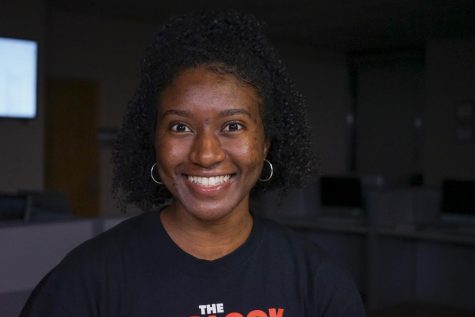
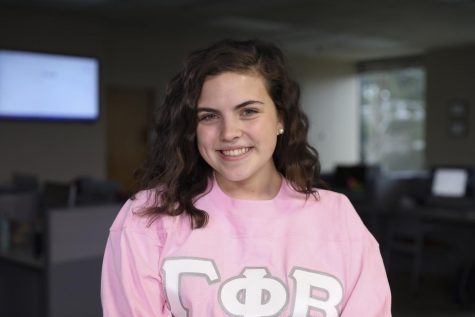





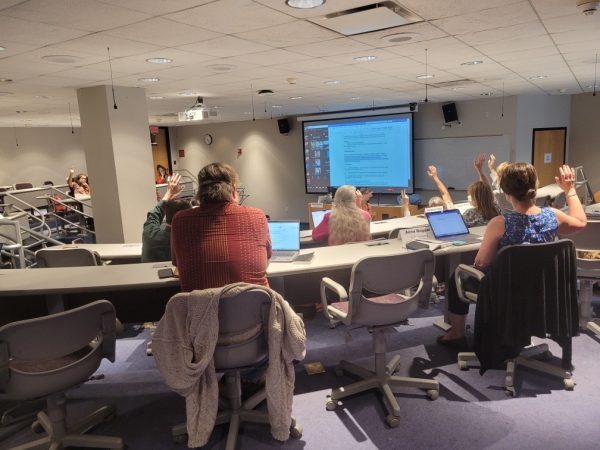
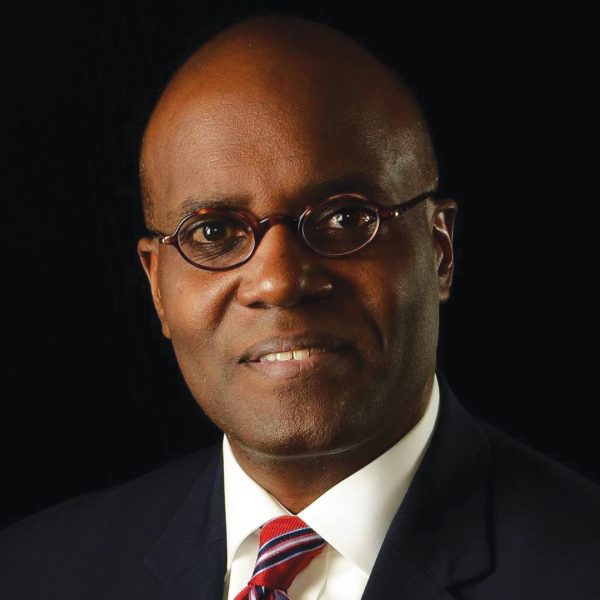
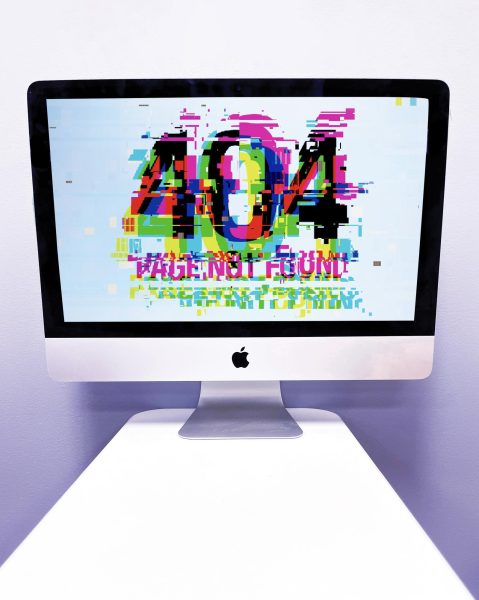
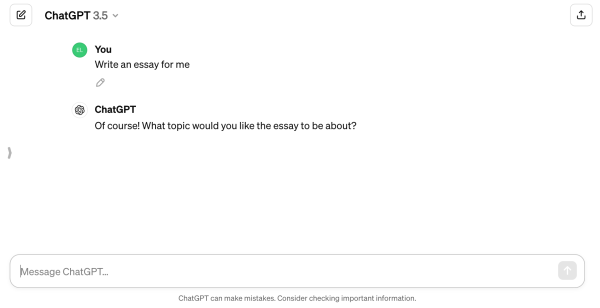
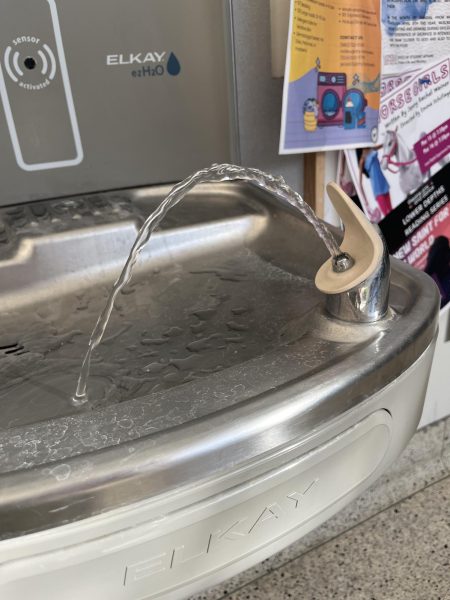
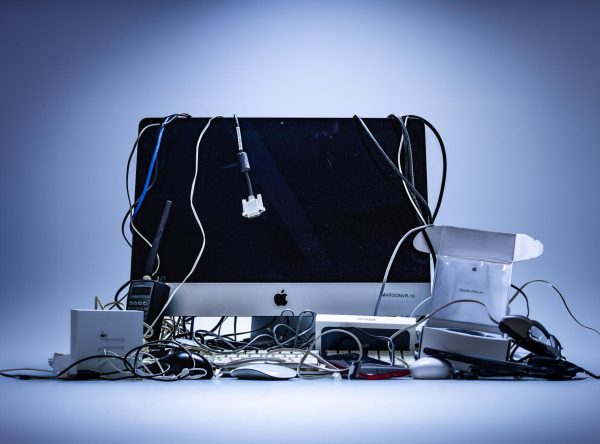
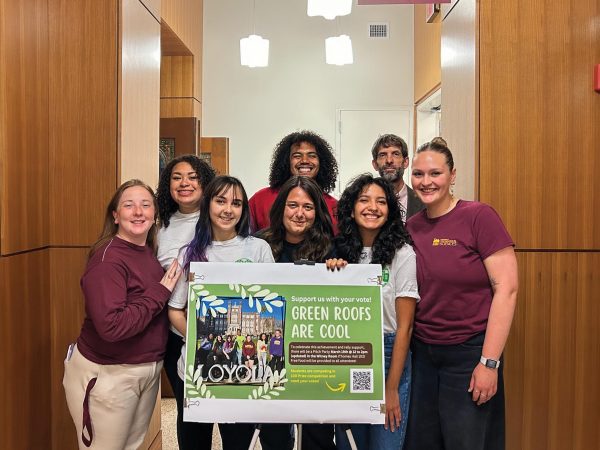
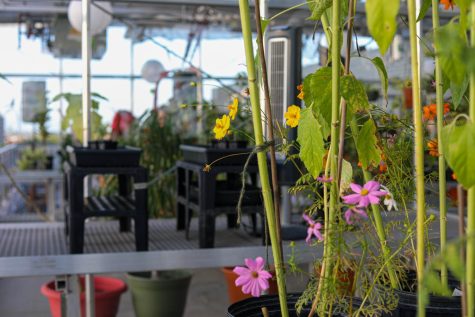
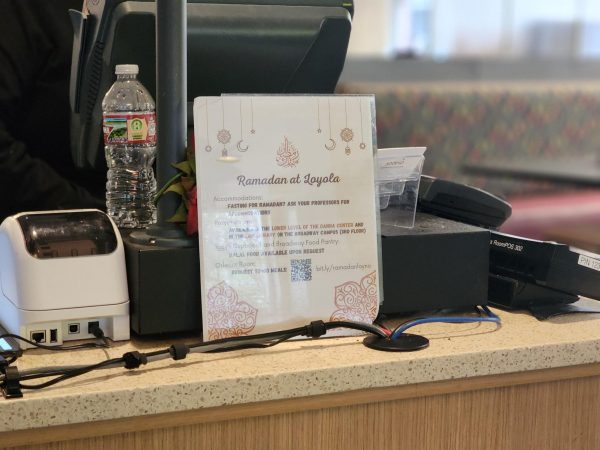
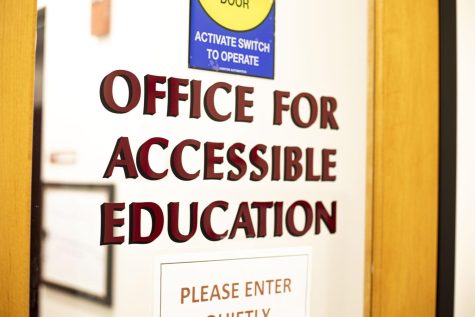
Doug Wilcox • Jun 15, 2020 at 2:06 pm
Why probe the investigation of a single outside agency when universities surely have their own yearly evaluation processes? Supervisor> Dean?